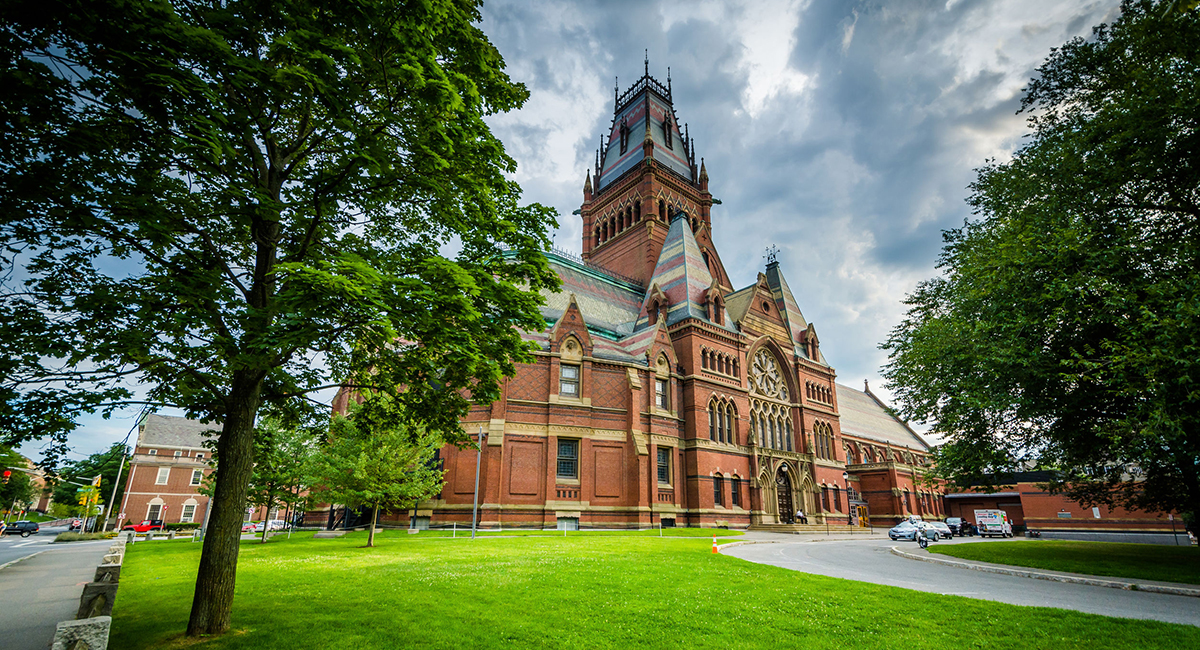These are not the greatest times for university faculty and nonacademic staff. Falling enrollments have squeezed budgets at many schools, leading to small or even non-existent salary increases during a period of enhanced inflation. The salary surveys of the American Association of University Professors (AAUP) showed an inflation-adjusted decrease in average salaries of professors of 7.5 percent from 2019 to 2022. It seems likely the enrollment decline will not reverse itself dramatically, and the near certainty of a forthcoming decline in the size of potential freshmen classes because of the nation’s “birth dearth” enhances that pessimistic assessment. Flagship public schools West Virginia University and the University of Arizona have announced needs for draconian budget reductions, including faculty dismissals, a problem revealed also recently by a $239 million budget deficit at the private elite University of Chicago. Selective admission Miami University of Ohio reported that a $36 million budget deficit might force eliminating 18 majors—and ultimately some faculty positions. Rarely a month goes by without some small liberal arts college announcing it is closing. The near certainty of reduced private donations from irate wealthy alumni have even constrained uber rich schools like Harvard from showing expansive largesse toward their hired hands.
In such an environment, some university employees look to unionization as a panacea. Faculty union leaders sometimes see vast funds for salary increases obtainable by cutting a large administrative bureaucracy—reducing the bloat associated with nonessential bureaucrats can save the day and allow for hefty pay raises. Many campus employees seem to agree, as there has been an uptick in unionization efforts on campus, even extending, unbelievably, to students at that great athletic powerhouse, Dartmouth College (this season: six wins, 21 losses) and its basketball team, which recently voted 13 to 2 to unionize. Graduate and postdoctoral student unions are similarly proliferating nationwide, and recent teaching assistant strikes at the University of California have proved costly and highly contentious (I suspect graduate students are responsible for teaching more undergraduate student credit hours than full-time faculty on some UC campuses).
While the evidence is far from unambiguous, a good case can be made that labor unions have led to higher compensation and benefits for many workers in the market-driven for-profit sector. But higher education operates in a different labor environment. Whereas industrialized union members compete in a local labor market where many workers do similar things, professors are part of a national labor market where highly specialized skills critically limit both labor demand and supply. If a Harvard faculty member is unhappy over a salary freeze or a demand to teach three courses a year instead of two, she or he is far more likely to move to Yale or Michigan than try to form or join a labor union.
College faculty unions are popular and important in New York and California. However, easily the largest unionized institution, the California State University system, is not noted for its high-pay, envious working conditions or institutional prestige. Similarly, in my state of Ohio, most state schools have faculty unions, but salaries are far higher at non-union Ohio State, which must compete for top scholars in a national, not local, market.
Where academics have unusual skills or human capital accomplishments found in few other people, they gain some labor monopoly power and are sometimes able to acquire a fair amount of what economists call economic rent—pay in excess of that necessary to obtain their services. That is not the case for, say, workers on an automobile assembly line all performing the same task. When there only a relatively few potential worthy applicants for a job, individual bargaining works better than some institutionally established rules set through collective bargaining. Additionally, computer scientists, accountants and finance professors compete in dramatically different labor markets from English, history, or philosophy professors, making a single entity bargaining for all faculty very difficult and subject to much internal in-fighting.
Moreover, widespread national unionization of college faculty might have some of the negative spillover effects observed recently in primary and secondary education. Some states where teacher and other public employee unions are political powerful, like Illinois and New York, are in increasingly perilous financial situations, and high taxation is driving increasing outmigration. More generally, parents are voting with their children’s feet, moving their kids into alternative forms of schooling offering greater parental choice such as charter schools and even homeschooling. Therefore, I suspect that unionization will likely only further lower the already abysmal level of public support and confidence in universities, institutions critically dependent on outside funding for their livelihood.













